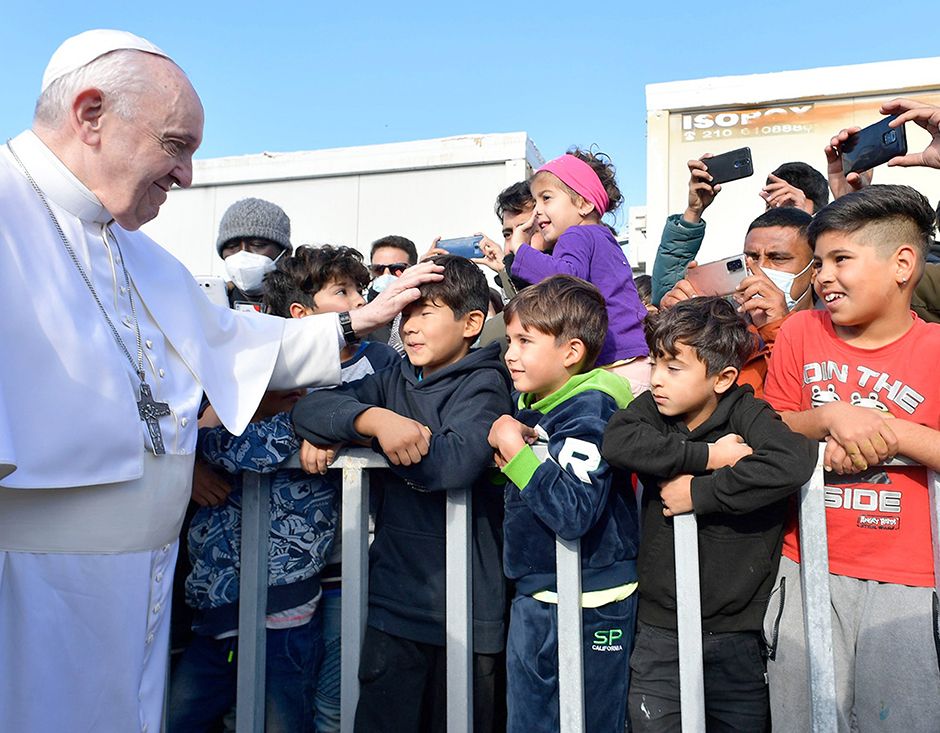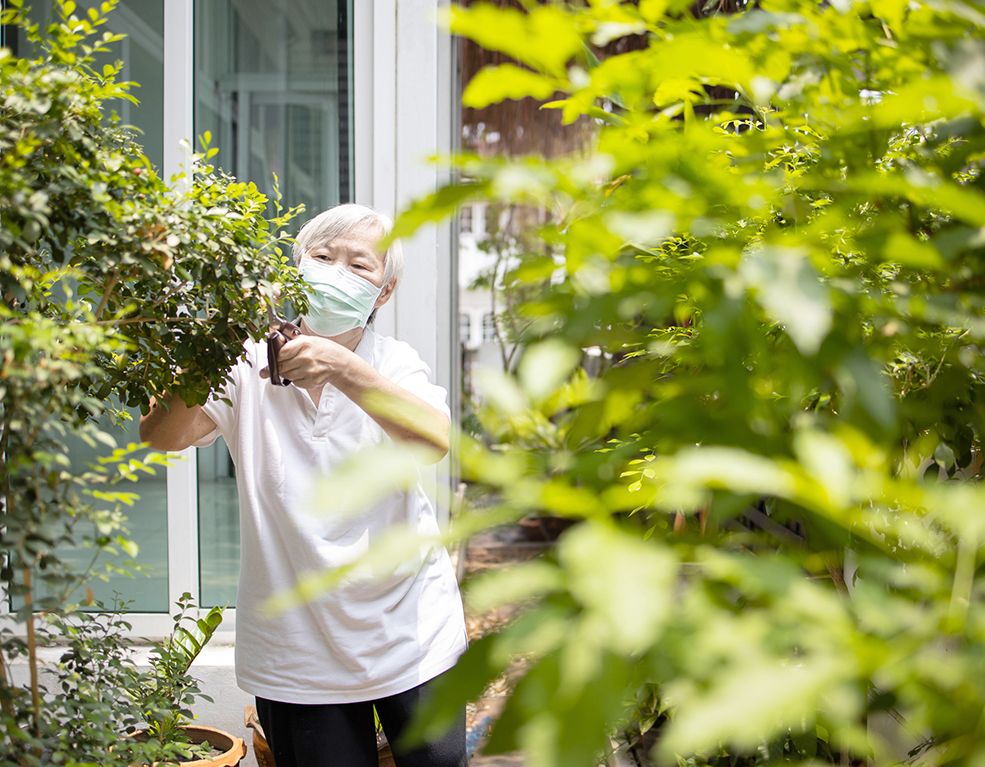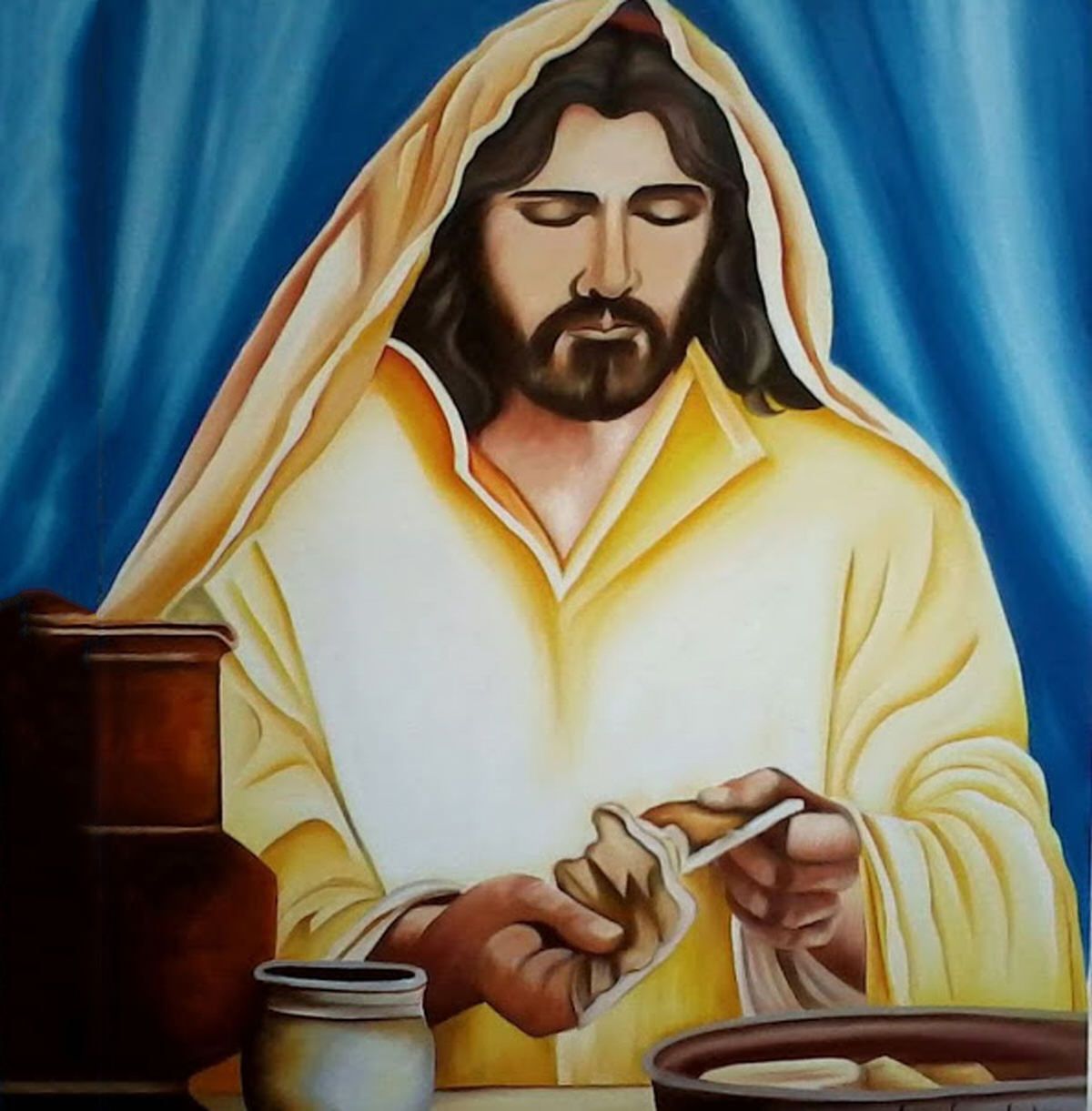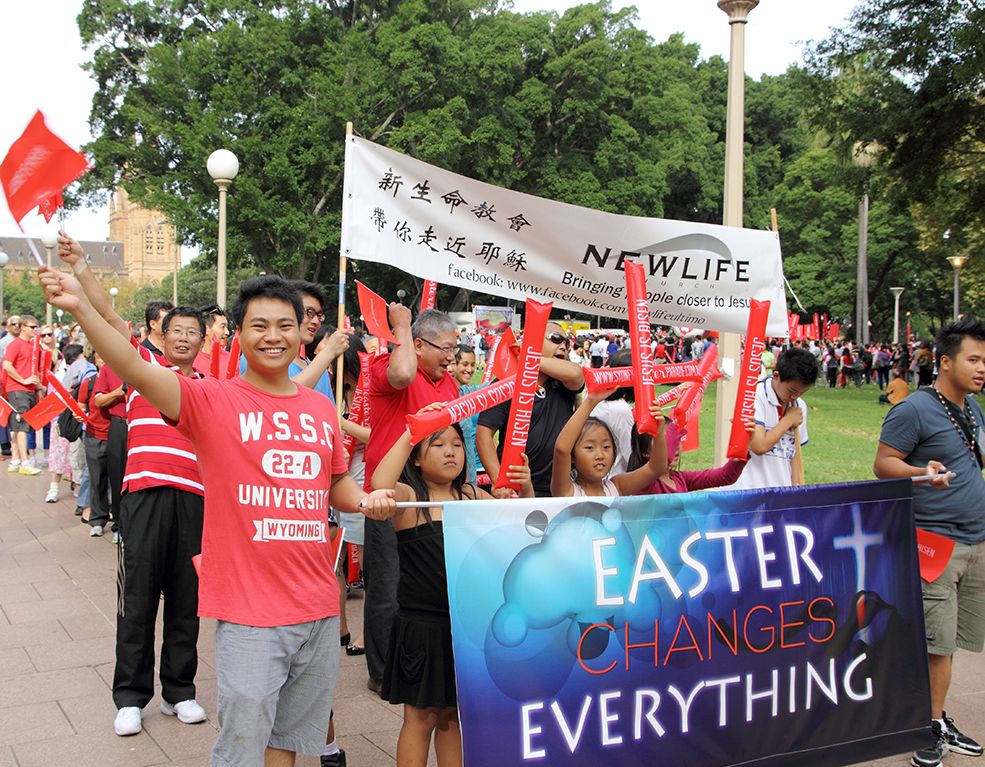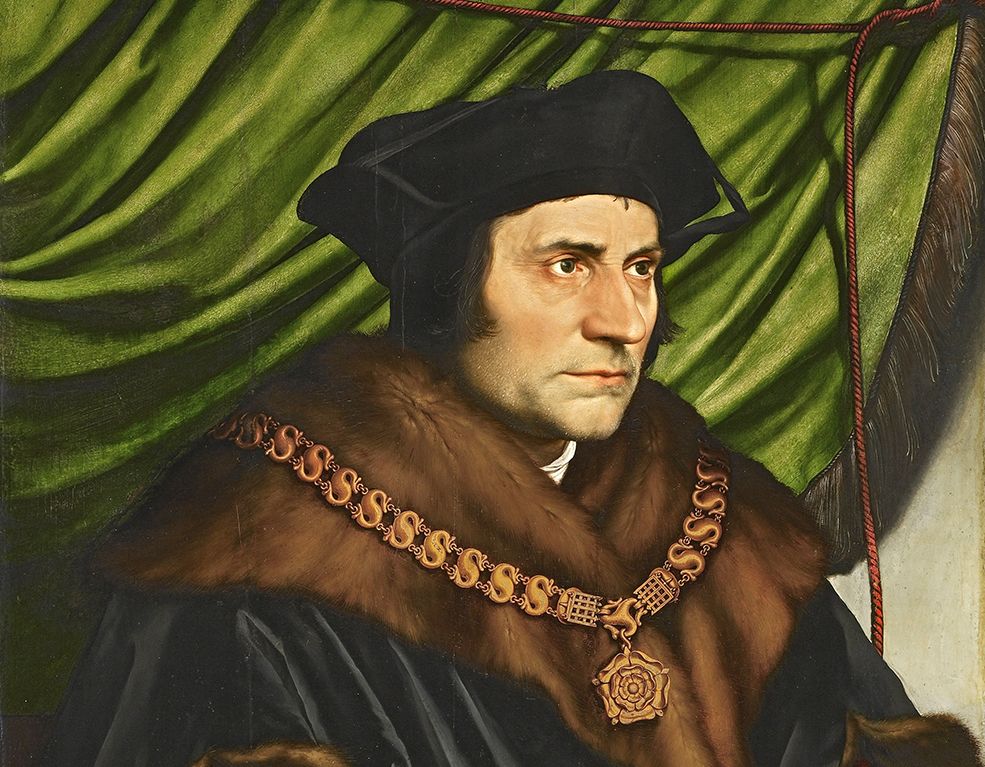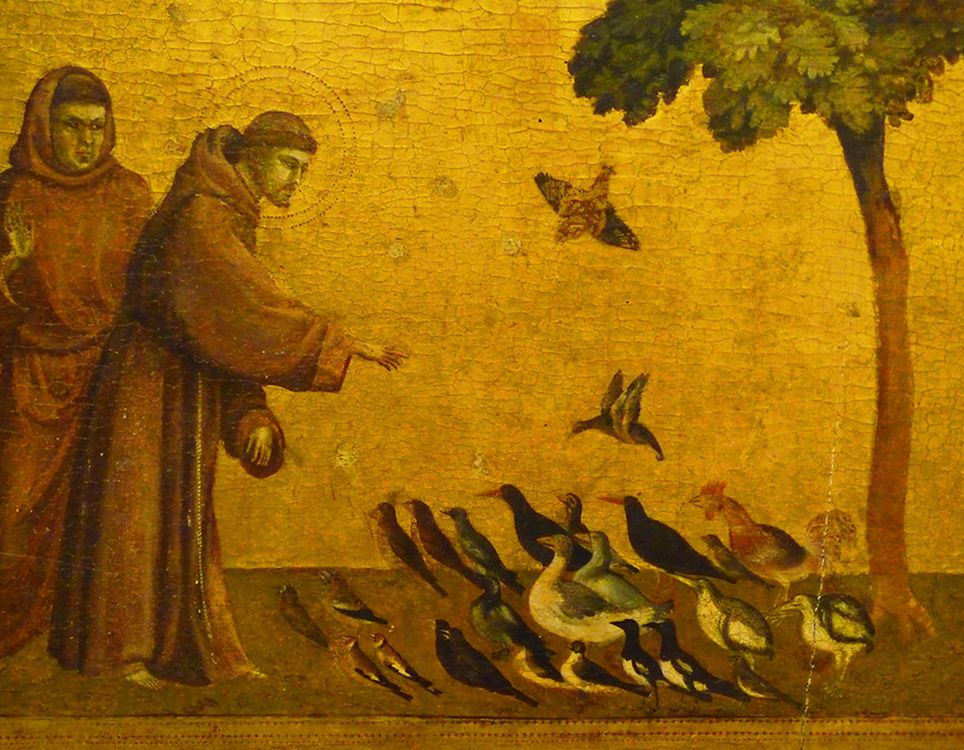A theological dissertation was defended at Manila’s De la Salle University in April 2010. It is entitled “Understanding Ancestor Reverence in the Benguet Kankanaey Indigenous Tradition: Towards a Dialogue with the Christian Tradition.” The author, Leonila L. Taray, also a member of the Kankanaeys of the Cordilleras, writes that the centuries-old indigenous peoples’ (IPs) traditional practices are still quite alive today. Although the findings of the study refer to Kankanaey society, we may also apply them to other IPs and to lowland Christian Filipinos.
Taray writes that, even after death, the departed “remain as members of the family and the clan,” that “they have the power to grant blessings, shower prosperity, long life, and healthy life for their descendants on earth. It is also within their power to cause illness and misfortunes to the living.” Their mode of action is rooted in clan lineage, consanguinity and affinity.
The Kankanaeys also believe that the spirits of those who recently died are perceived to linger on earth for some time. That is why the living invite the departed to join in the rituals, to partake in eating and drinking in ordinary gatherings. This belief is shown when the living put in a few drops of liquor before drinking.
In Metro Manila, where the men informally gather in side alleys over drinks and finger food, a common practice in the gathering is to empty a few drops in the glass and pour the contents into the ground. We have heard of an incident where some professionals with PhDs, during a tennis break, poured out a drink to the spirits.
The seen and the unseen
The Kankanaeys behave and act in the conviction that daily life is linked with the social economic, and the religious. Because the departed and the living are integrated as one, religion permeates all aspects of life. Taray writes: “Those who lived in the past continue to relate with and affect the lives of those in the present; those in the sky world continue to join and bless those on earth during the performance of rituals or ceremonies and those in the underworld are enjoined likewise. Thus, the Benguet Kankanaeys perceive the world as an integrated world of the living and the dead. Humanity does not stand apart from nature.”
While Greek-inspired Western theology speaks of the natural and the supernatural, the Kankanaeys and Filipino popular religiosity prefer to speak of the seen and the unseen. This way of thinking is also in the Creed: “We believe in one God, the Father, the Almighty, maker of heaven and earth, of all that is seen and unseen.”
That is why Filipino popular religiosity has the practice of pasing-tabi. For instance, before throwing water outside the window even when nobody is seen to be around, the typical Filipino will say, “Tabi, po!” (please step aside). The practice reflects the belief that the unseen spirits can get wet and perhaps take revenge for the act.
Concept of the departed
Taray continues: “In general, the Benguet people view death as a translocation of this life into the spirit world. It is seen as a shift form a personal’s earthly existence into a new life in the spirit world. It is believed that undergoing such a shift meant the dead needs the support and remembrance of living relatives.”
Death, therefore, is not the end of life but the beginning of a new life. Traditional Catholic practice considers the day of one’s death as that person’s dies natalis or birthday, where one is born into eternal life. The preface of the Requiem Mass asserts this belief: “Lord, for your faithful people, life is changed, not ended. When the body of our earthly dwelling lies in death, we gain an everlasting dwelling place in heaven.”
We hear consistent reports saying that, shortly before a sick person dies, departed relatives appear in order to fetch her. The word in Tagalog is sundo, as in fetching somebody for a trip.
Food offerings
While Western Christians offer flowers, the Asians of various religions have food offerings for the spirits and the departed. An essential part of the “Benguet Kankanaey rituals involve killing of animals (chicken, pig, cow, carabao and dog), and the offering of tapey or rice wine to the deities, spirits and ancestors.” Taray continues: “A majority of rituals are performed to the spirit of deceased kin, to ward off sickness or avert bad luck in farming or in mining.” The rituals illustrate the belief that the departed continue living in the other world.
Food offerings are not only for the IPs because Filipino Christians, especially in the grassroots level, continue the IP practice. The three biggest Philippine languages have their terms for food offering: alay in Tagalog, halad in Cebuano Visayan, and atang in Ilocano. During wakes, one can find usually a plate with food for the dead. The food offering can also be found on the family altar which has holy pictures and statues. According to Taray, the Kankanaeys “believe in sustaining and maintaining the needs of their spirit-relative during her/his journey by offering money, food clothing, tapey [rice wine] and providing working tools” with which the departed will continue working in the next life. The offerings also “give the departed the moral strength and the emotional support to go on till he/she reaches the ancestral home.”
A common Filipino practice is that a person who travels takes along things as courier or as a messenger. In the squatter areas of Metro Manila, I have seen the practice of the bereaved putting some things inside the coffin with the conviction that the departed will take them to the next world.
In the cursory comparison above between the traditional religion (TR) and Filipino lowland Christianity, the contrast is not like between white and black. The contrast on the part of Christians has gradations, that is, from Christian in dress but with the spirit of TR to being totally westernized in Christian practices. But if the ordinary Filipino Christian is to be taken as an average Filipino living a popular religiosity, this group certainly reflects the spirit of traditional religion.
IP practices and theology
The foregoing phenomena reflect the Christian doctrine of the communion of saints which is mentioned in the Apostles’ Creed. It means the spiritual solidarity between the faithful on earth, the souls in purgatory and the saints in heaven – all members of the mystical body with Christ as the head. While Jesus Christ is the only mediator, worship (latria) is given to God alone while the saints are given honor (dulia). And while only the canonized and beatified can be honored universally, there is no prohibition in asking the help from the non-canonized departed relatives.
Because of the similarity between traditional religion and Christianity, the IPs found no difficulty in accepting Christianity. The Spanish missionaries, for example, substituted the ancestor veneration with veneration of the saints. Even if the Filipino IPs accepted Christianity, the inspiration continued the spirit of traditional religion. And one finds that even in Metro Manila. The foregoing model would be a dynamic equivalence or adaptation.
How does one look theologically at the Filipino practices about the dead? The pre-Vatican II theology looked at the rest of the world from the viewpoint of scholastic-inspired theology. That is why, after a long-simmering controversy between the followers of the famous Jesuit, Matteo Ricci and his opponents, Pope Clement XI in 1704 condemned the Chinese veneration to ancestors and to Confucius. However, Pope Pius XII revoked this prohibition in 1939. So, today, Chinese Catholics have no qualms in offering incense sticks to their departed even during Holy Mass.
Preparation for the Gospel
Another theological model is to look at other cultures as preparatio evangelica, as preparation for the gospel. Some Church Fathers considered Greek culture and writings like the Old Testament which find their fulfillment in Christianity. For example, the Roman missal has the sequence entitled Dies Irae, a thirteenth century Latin poem used for Requiem Masses. It is still found in the Liturgy of the Hours. A part of it reads: Dies irae, dies ila, / solvet saeclum in favilla, / teste David cum Sibylla. (The day of wrath, that dreadful day / Shall the whole world in ashes lay. / As David and the Sibyl say.) The sibyls (from the Greek, sibylla), were the women who prophesied at some holy sites like Delpi. The medieval theologians put the sibyls in the same level as David and as Old Testament counterparts in prophesying the Last Judgment.
The ancient Church Fathers gave Christian interpretations to Homer and Plato. Socrates was considered a type of Christ. The writings of Virgil were considered as non-Jewish counterparts of the Old Testament. If the Fathers looked at Greek culture as Old Testament which finds fulfillment in Christ and the New Testament, might the same way of thinking be on the culture of traditional religion?
However, a further development has been to have another theological model, namely, the incarnation. In this model, humanity and divinity have a mutual give and take. Christianity then takes a position not as teacher but as a dialogue partner. Both partners stand as equal. Vatican II (Ad Gentes, 10) states: “If the Church is to be in a position to offer all men the mystery of salvation and the life brought by God, then it must implant itself among all these groups in the same way that Christ, by His incarnation, committed Himself to the particular social and cultural circumstances of the men among whom He lived.”
Pope John Paul II in Redemptoris Missio (No. 56) writes that, in interreligious dialogue, both partners must be open to each other for mutual enrichment: “Those engaged in this dialogue must be consistent with their own religious traditions and convictions, and be open to understanding those of the other party without pretense or close-mindedness, but with truth, humility and frankness, knowing that dialogue can enrich each other.”
If Christianity seriously takes interreligious dialogue, then the voice of indigenous peoples and their practices must also be studied. The foregoing ideas point to a direction which has to be mined.






